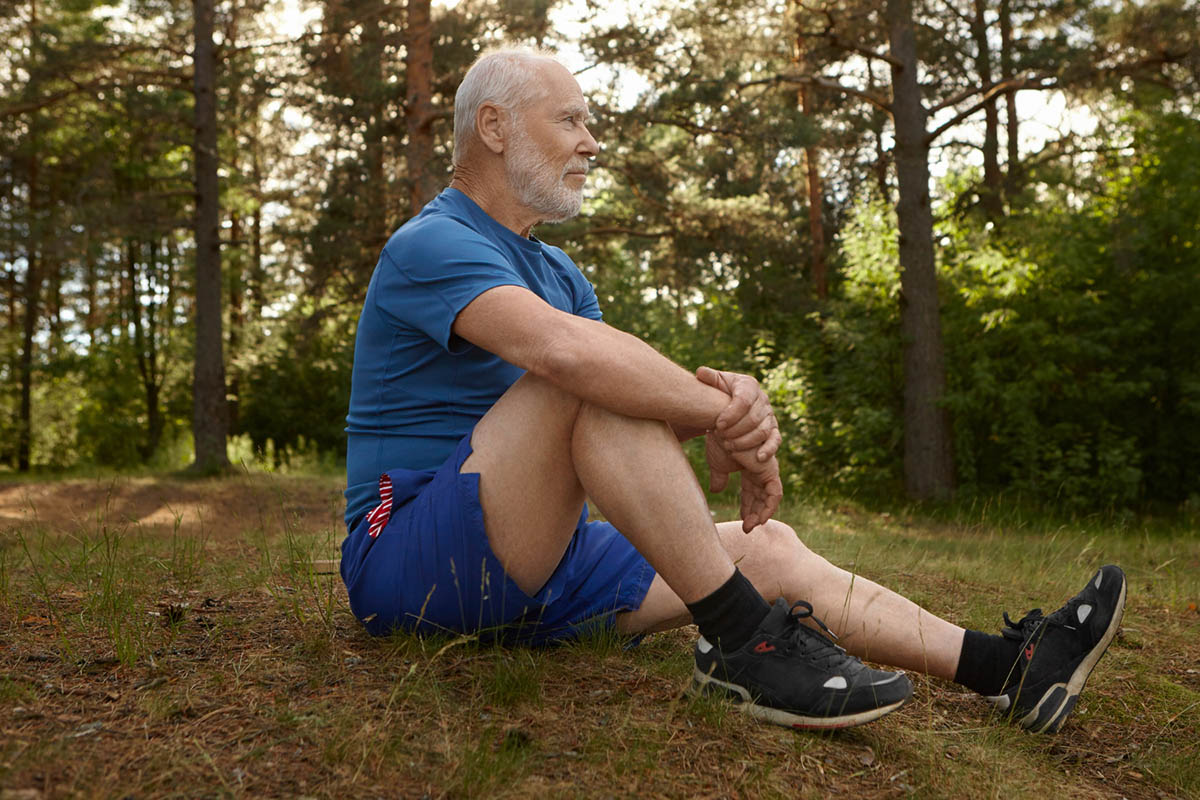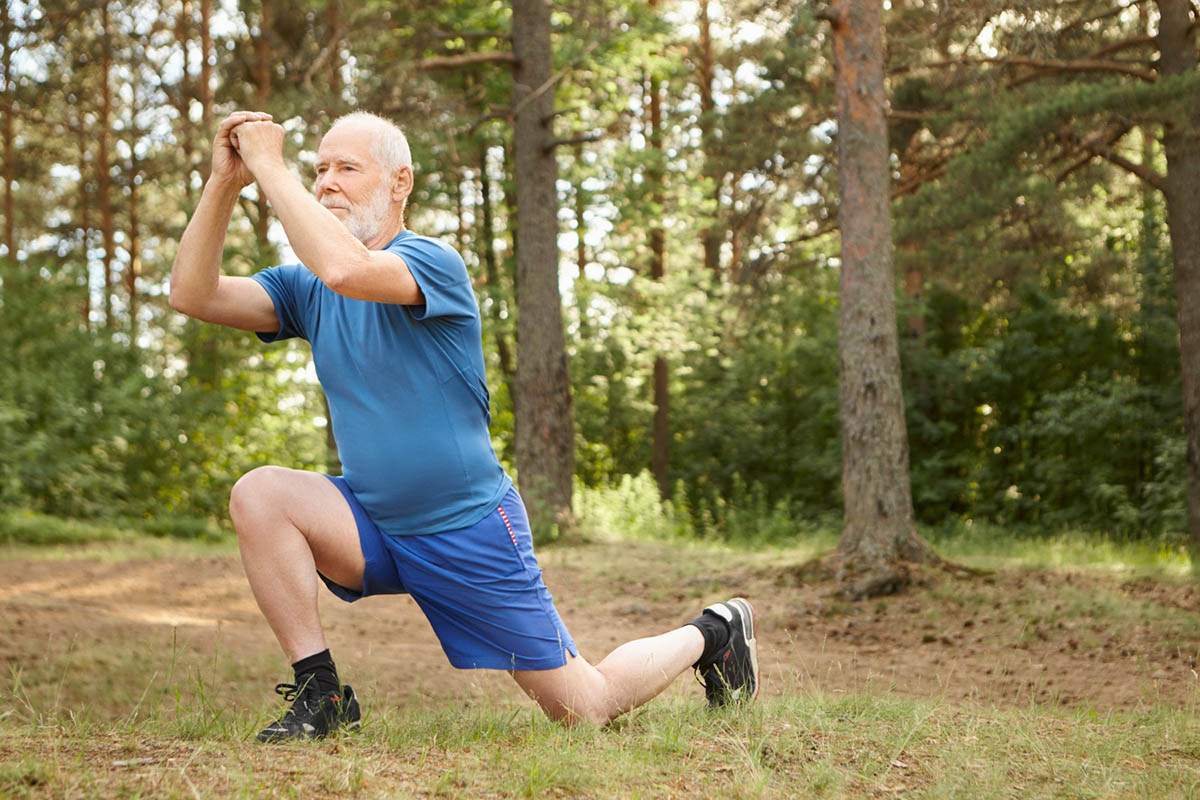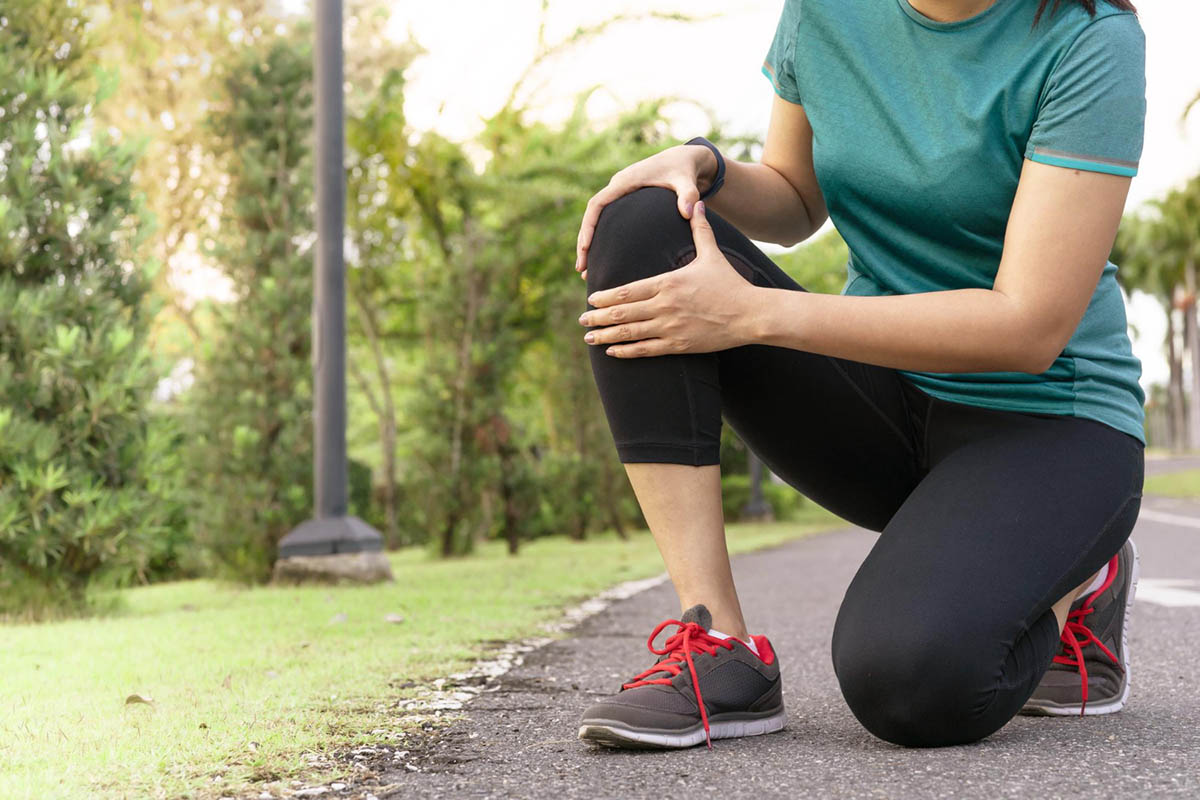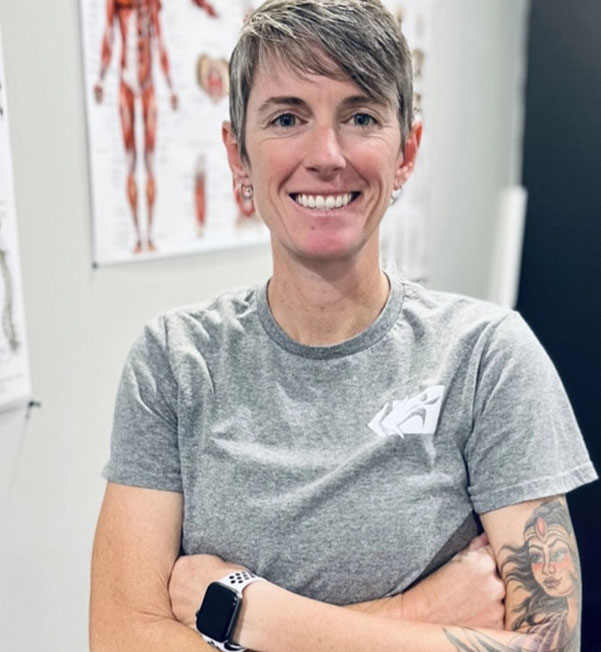Introduction
Knee pain when squatting is not just a common complaint among athletes but also affects individuals in their everyday life. This discomfort can disrupt daily activities, hindering one’s ability to achieve fitness goals and participate in physical activity.
In this detailed exploration, we delve into the different natures of knee pain, offering insights, therapeutic approaches, and preventive strategies to promote a life free from discomfort.
Understanding the Knee
Basic Anatomy of the Knee
The knee joint is a complex structure that serves as a critical pivot point in the body. It comprises three bones: the femur (thigh bone), tibia (shinbone), and patella (kneecap). These bones are connected by ligaments and tendons, with cartilage providing cushioning that facilitates smooth movement. Understanding this anatomy is key to identifying the sources of knee pain.
How the Knee Works During a Squat?
During a squat, the knee joint undergoes a dynamic range of movement. It involves flexion (bending) and extension (straightening). This movement places stress on various parts of the knee, including the muscles, ligaments, and cartilage. Proper technique is important to distribute this stress evenly and prevent injury. Squats can be a beneficial exercise that can be added to an exercise routine, but it can be dangerous if not performed properly.
Common Causes of Knee Pain When Squatting
Incorrect Squat Form
Squatting with poor form puts unnecessary stress on your knees. Common mistakes include letting your knees cave inward, placing your toes pointed outward, or rounding your back. This can lead to common conditions like knee injury or strain.
Strains or Sprains
Repetitive movement without adequate rest or suddenly increasing the intensity of physical activity can lead to strains of the quadriceps or sprains of the knee ligaments. These injuries are a frequent source of pain in knee when squatting.
Meniscus or Ligament Tears
Deep squats or abrupt changes in direction can cause meniscus tears or damage to the knee’s ligaments. This type of knee injury is a common reason for sudden sharp knee pain when squatting and requires prompt medical attention.
Arthritis of the Knee
Knee osteoarthritis, a common condition characterized by the degeneration of knee cartilage, can make everyday activities painful. Squatting can worsen the discomfort associated with this medical condition.
Patellar Tracking Disorder
Muscular imbalances in the quadriceps and gluteal muscles can lead to patellar tracking disorder. This condition disrupts the proper movement of the kneecap during a knee bend, potentially causing sharp knee pain when squatting.
Treatment Options for Knee Pain

RICE Method
The RICE method remains an effective treatment for initial knee injury care. This conservative treatment approach helps manage inflammation and pain, allowing a gradual return to daily activities.
Rest:
- This is the most crucial aspect of RICE. Immediately stop the activity that caused the pain. Avoid putting weight on the injured knee for the first 24-48 hours. This allows the body to focus its healing efforts on the injured soft tissues.
Ice:
- Apply ice packs to the affected area for 15-20 minutes at a time, several times a day (every 2-4 hours). Never apply ice directly to your skin. Wrap the ice pack in a thin towel or cloth to prevent skin irritation.
- Icing helps reduce inflammation and pain by constricting blood vessels in the injured area.
Compression:
- Wrap the injured knee with an elastic bandage (such as an ace bandage) to provide gentle compression. The compression helps minimize swelling by reducing fluid buildup in the joint.
- Ensure the wrap is snug but not too tight, as restricting blood flow can hinder healing. You should be able to comfortably slip two fingers under the bandage.
Elevation:
- Elevate the injured knee above the level of your heart whenever possible. This helps reduce swelling by promoting fluid drainage from the area.
- Prop your knee up on pillows while lying down or sitting.
Physical Therapy Exercises
A physical therapist can assess your movement patterns, identify weaknesses, and design personalized therapeutic exercises to strengthen your core, glutes, and leg muscles, improving stability and reducing knee strain.
Over-the-counter and Prescription Medications
For managing pain and inflammation associated with knee conditions, over the counter medications can provide significant relief. In cases of severe pain, medical professionals may recommend stronger prescription medications.
Surgical Options
Persistent knee pain resulting from cartilage tears or severe meniscus tears might necessitate knee surgery. Surgical interventions aim to repair the damage and relieve pain, allowing individuals to resume their fitness activities and daily life.
Prevention Tips

Proper Squatting Technique
Adhering to proper form during squats—keeping the back straight, knees over ankles, and distributing weight evenly—is important for reducing the risk of a knee injury. Individuals at all fitness levels should prioritize technique over depth or weight to achieve their fitness goals without compromising their knee health.
Importance of Warming Up and Cooling Down
Engaging in a thorough warm-up before and a cool-down after high-impact activities can enhance muscle flexibility and reduce the risk of strains, sprains, and other common injuries.
Regular Strength Training and Flexibility Exercises
An exercise program that includes regular strength training and flexibility exercises can help correct muscle imbalances, improve limited ankle mobility, and enhance overall leg muscle strength, contributing to better knee alignment during squats and reducing the risk of injury.
Maintaining a Healthy Weight
Excess body weight can worsen knee conditions such as arthritis and increase the stress on the knee during squatting and other daily activities. A healthy diet and regular exercise are key to maintaining an optimal weight.
Elevate Your Performance: Say Goodbye to Knee Pain with Expert Care at Progressive Mobility Physio & Performance
Struggling with knee pain that sidelines you from squats and other activities? Our team at Progressive Mobility Physio & Performance can help. We specialize in treating knee pain when squatting and other exercises. Through personalized knee physical therapy and tailored treatment plans, we get you back to moving comfortably and achieving your fitness goals. Don’t let knee pain hold you back. Contact us to schedule an appointment!
Conclusion
Knee pain when squatting is a widespread issue that affects many people in their everyday activities. By understanding the causes, seeking appropriate treatment, and implementing preventive measures, it’s possible to prevent knee discomfort and enhance one’s overall well-being. Remember, maintaining proper form, strengthening the muscles around the knee, and seeking expert care when needed can help you stay active and healthy.
FAQs
How Long Does Knee Pain Last?
The duration of knee pain can vary, depending on its cause and the effectiveness of the treatment. While some minor injuries might heal within weeks, more severe conditions may require longer-term management or surgical intervention.
How Do I Know If My Knee Pain Is Serious?
Severe pain, significant swelling, a popping noise at the time of injury, or an inability to fully extend the knee are signs that your knee pain may be serious. These symptoms warrant immediate medical evaluation to determine the underlying cause and appropriate treatment.
How Do I Know What Type of Knee Pain I Have?
A healthcare provider can diagnose the specific type of knee pain through a combination of physical examinations, patient history, and diagnostic imaging. Identifying the exact cause of the pain is important for determining the most effective treatment strategy.


